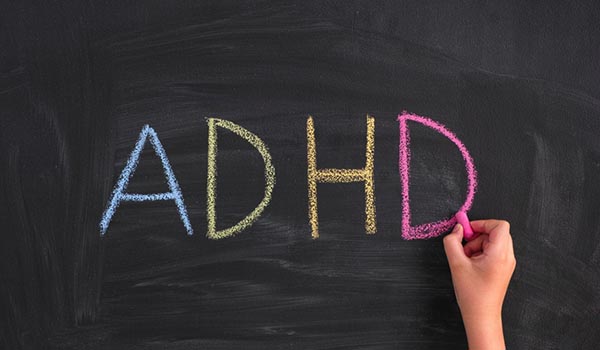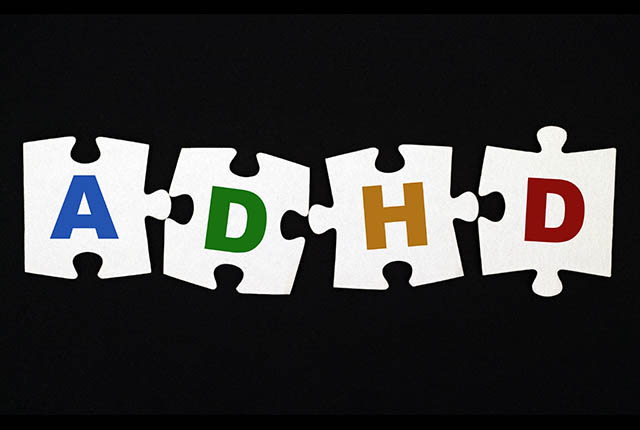Motivation and ADHD: The Puzzle of Performance
Why is it that students with ADHD are highly focused on some tasks, while they are unable to complete or even start others? When students with ADHD need to complete a task, they often have difficulty with a number of executive functions: task initiation, planning and prioritizing, organization, focus, sustaining their efforts, and utilizing short-term working memory. But, in addition to these executive functions, they also have trouble with motivation. Feeling unmotivated is a major obstacle for those with ADHD, especially if the task is boring or uninteresting. The mystery for students with ADHD is exactly what, when, or how any particular event or [...]







